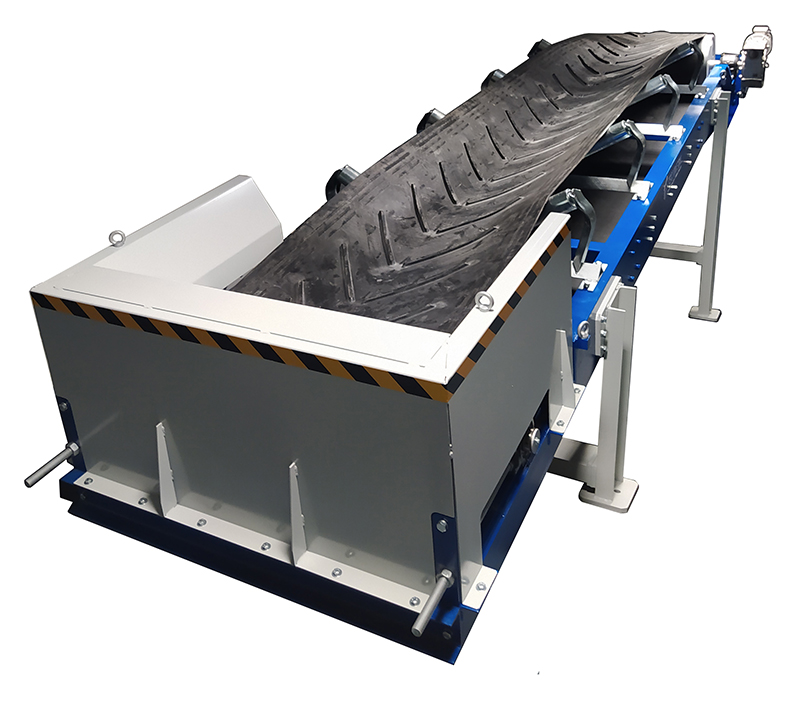Choosing the Right Conveyor System for Rubble and Aggregates
When it comes to handling rubble and aggregates, selecting the
appropriate conveyor system is crucial to ensuring efficient, safe, and
cost-effective operations. These materials, often heavy, coarse, and abrasive,
demand systems that can withstand harsh conditions while maintaining reliable
performance. Whether in construction, mining, or waste management, the stone conveyors
solution must be tailored to the unique requirements of the job site.
Understanding the nature of rubble and aggregates is the
first step. These materials vary in size, density, and moisture content, which
directly affects how they move along a conveyor. Rubble, typically composed of
broken concrete, bricks, or demolition waste, may be irregularly shaped and
mixed with dust or contaminants. Aggregates, such as gravel, sand, or crushed
stone, are more uniform but still pose challenges due to their weight and
abrasiveness.
Conveyor systems used for such tasks must prioritize
durability and throughput. Belt conveyors are a common choice because of their
adaptability and ability to handle large volumes. However, not all belt
conveyors are equal. Heavy-duty versions with reinforced belts and
impact-resistant frames are better suited for rugged materials. In situations
where dust control is a concern, enclosed belt systems or covered conveyors
help minimize airborne particles, protecting workers and the surrounding
environment.
Another option often considered is the screw conveyor,
especially when dealing with finer aggregates or transporting material over
short distances. Although less common for rubble, screw conveyors are effective
in controlled flow applications where material spillage must be minimized.
Similarly, vibrating conveyors may be used in situations where separation or
sorting of materials is required during transport.
The layout and scale of the operation play a significant
role in the decision-making process. Mobile conveyor systems are ideal for
temporary or shifting sites, offering flexibility and ease of relocation. In
contrast, fixed conveyor installations are more suitable for permanent facilities
or high-volume operations, where stability and continuous use are essential.
Power consumption, maintenance needs, and ease of operation
are also critical factors. The best conveyor systems for rubble and aggregates
balance robust design with energy efficiency and serviceability. Regular wear
and tear from abrasive materials can lead to costly downtime if the system
isn't designed for easy maintenance or equipped with wear-resistant components.
Ultimately, choosing the right conveyor system involves
careful assessment of the material properties, site conditions, volume
requirements, and operational goals. By investing in a system that aligns with
these variables, businesses can enhance productivity, reduce labor costs, and
extend the life of their equipment, ensuring smoother operations and better
project outcomes.


No comments: